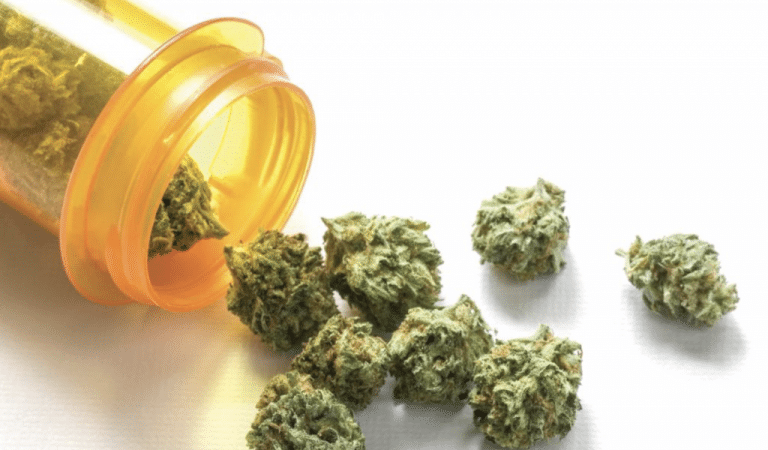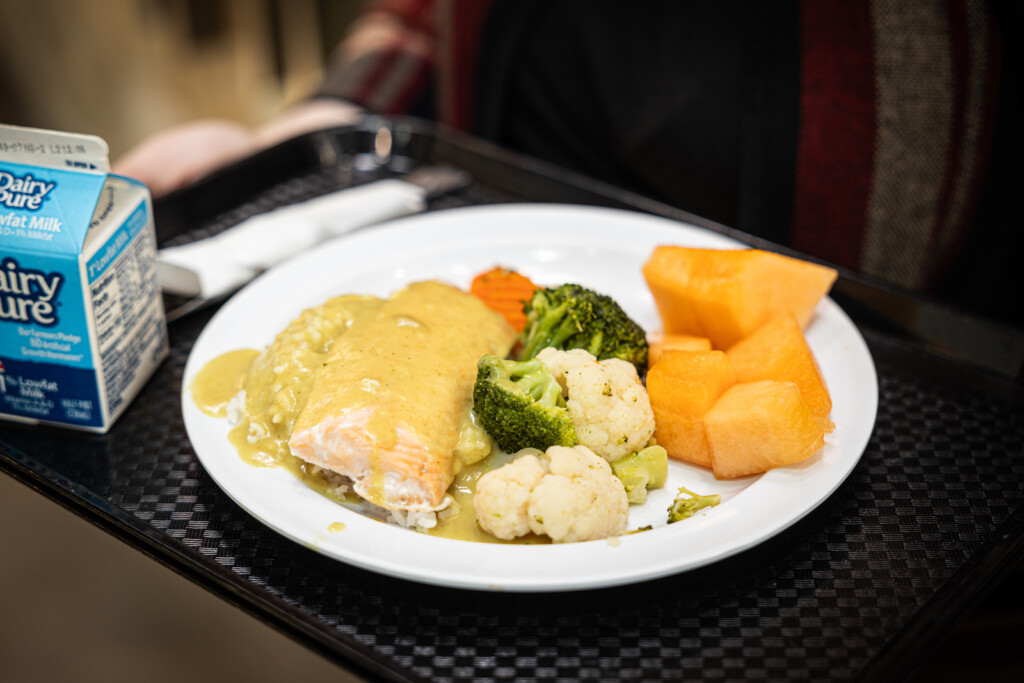
On the afternoon of June 6, the second floor of the Utah Department of Agriculture was packed full of people who want to be farmers. But farmers? or lottery winners?
These farmers will be licensed to grow product that hasn’t been legally grown in Utah since before 1930.
Medical Cannabis farms are coming to Utah. And these prospective “farmers” are actually mostly monied interests—many of whom aren’t from Utah—who are looking to cash in on the green lottery coming to Utah. Dozens of potential applicants were packed in the room asking all sorts of detailed questions.
The lucky green lottery winners will be announced mid July
Fifth-generation Utah Farmer Lyle Christensen was in attendance. He is hoping that he will be able to get one of the coveted permits. He’s concerned that he doesn’t have the acumen or experience in properly filling out all of the paperwork required.
“If it took the Department of Agriculture months to put together the RFP (request for proposal), how are they expecting a farmer to do it in less than thirty days?” He said.
Christenson has 80 acres in Spanish Fork, Utah. “I am in a position where the cash requirements are not prohibitive, but the hard part for me is: can I create an RFP that looks anywhere near as good as theirs does?”
Christenson is an alfalfa farmer, he currently sells his alfalfa on Amazon; he also makes compost. He is called the Viking Farmer. “Mother nature has been my secret weapon all of these years.”

Cannabis High Tensions
The atmosphere felt like a mining claim meeting.
Just 10 lucky winners will gain permission to grow medical marijuana in Utah; and due to the huge demand there’s likely to be for the product, the state is seeking farmers who can grow literally tons of product, reliably and consistently.
According to Utah Stories estimates, with just 10 licenses being issued, each grow facility will need to be able to produce close to one ton of flower per month. This will require anywhere from 20,000 to 100,000 square feet of indoor growing space, or at least ten acres of outdoor, which won’t really be viable due to the visibility restrictions.
This amounts to each farmer needing to not only pay the $2,500 application fee, but also pay the $100,000 licensing fee and have a million-dollar facility.
Drew Rigby, Director of Medical Cannabis and Industrial Hemp for the State of Utah, says while initially only 10 licenses will be issued, the Department will issue more licenses as demand exceeds supply.
Observing the market, it doesn’t so much seem a question of whether or not supply will satisfy demand, but moreover, what will the state provide as a viable alternative to the already existing, flourishing, and lucrative black market.
We will be producing a follow-up story shortly, addressing this question, as well asw the states reasoning behind allowing out-of-state corporations to apply (and likely win) most of the grow licenses.
Follow up note: Lyle Christensen has agreed to join us on our Utah Stories podcast next week. Sign up for our Utah Stories weekly newsletter to stay informed on this important issue for our follow-up stories and podcast episodes.






